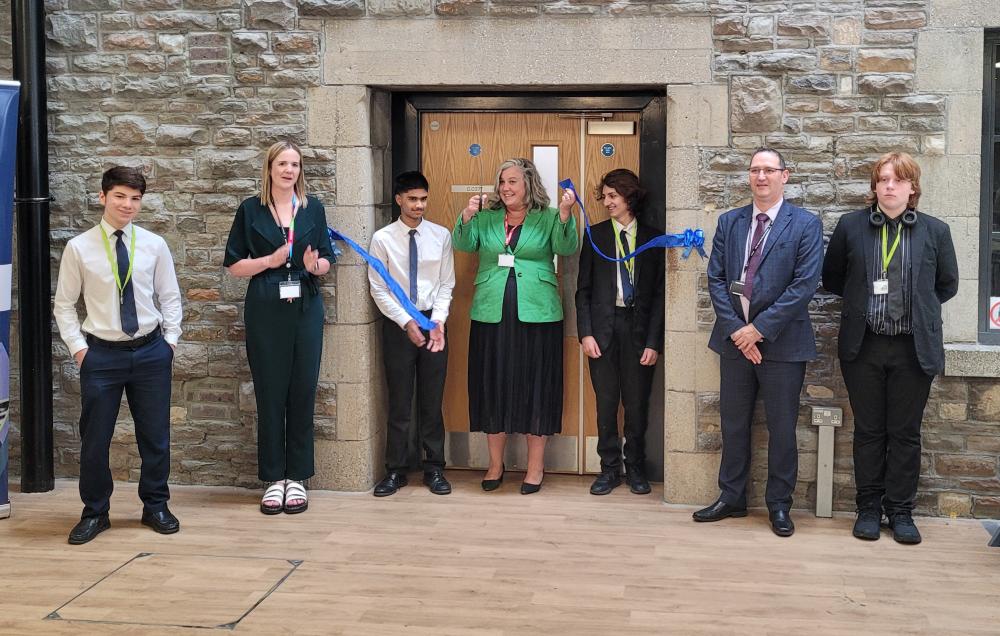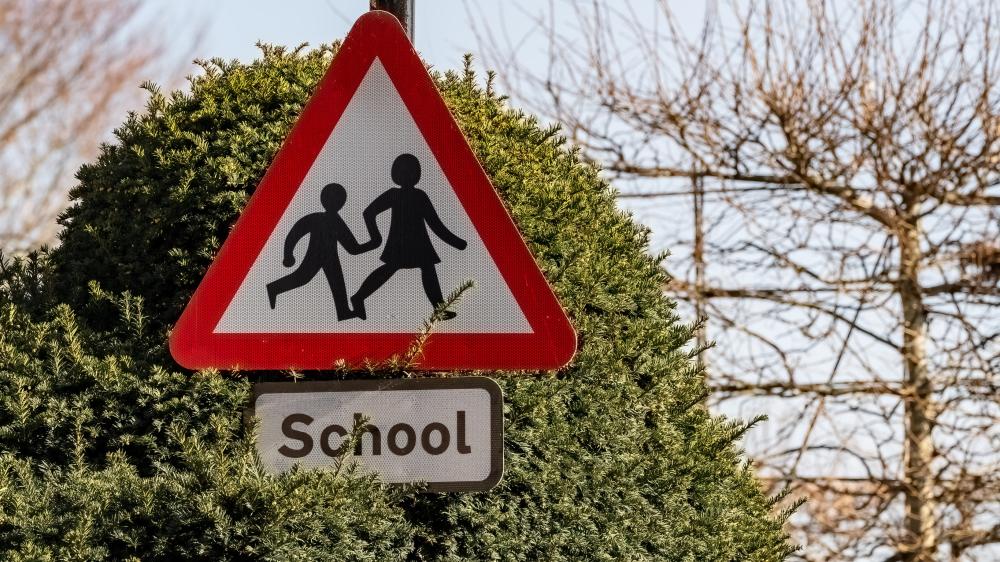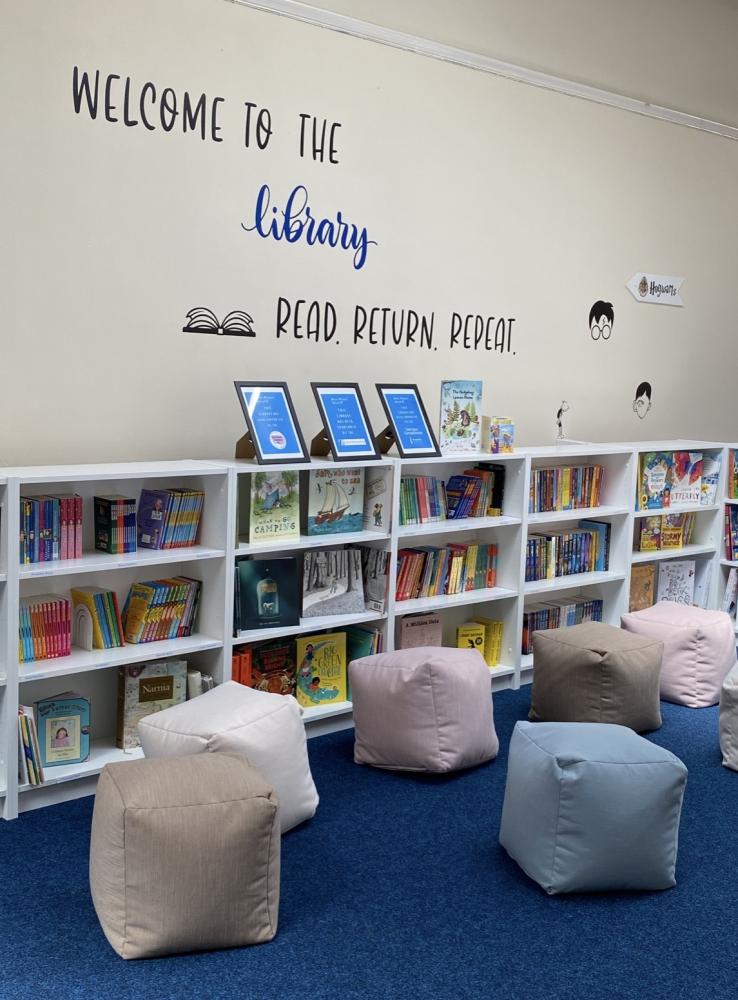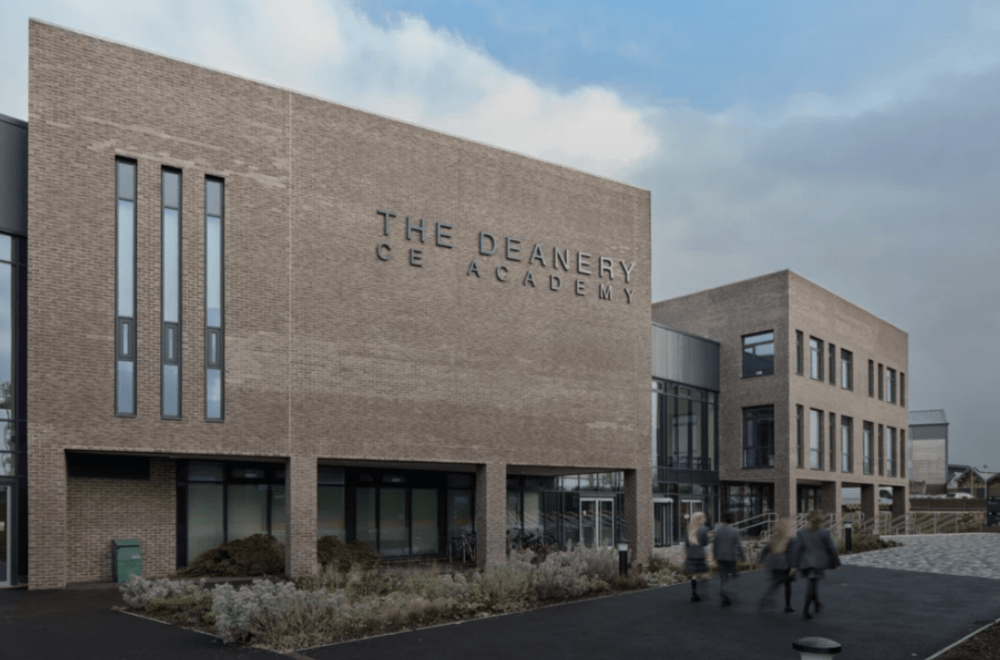School buildings are often the heart of a community, providing students with an environment in which they can learn and grow. But keeping these structures safe and comfortable requires regular maintenance to prevent major damage down the road. To ensure that your school stays in top shape, there are some essential maintenance tips you should follow. From inspecting ventilation systems to addressing air quality issues, these tips will help keep your school building functioning efficiently for years to come. With proper care and attention, you can be sure that your educational facility is ready for anything!
1. Inspect the Ventilation System:
Properly functioning ventilation is essential to maintaining a safe and comfortable atmosphere. Make sure you inspect your school’s ventilation system at least twice a year, paying special attention to any filters that may need replacing. Ensure that all air ducts are free from dust and debris, as well as make sure there are no blockages or obstructions. In addition, check for any leaks or signs of wear and tear. Also, remember to regularly check the airflow in each room and adjust the settings as needed. This will help keep the air quality optimal throughout your school building. For instance, the humidity level should remain between 40-50% to avoid mold and mildew growth.
2. Monitor Temperature Levels:
The temperature of your school building is important for student comfort and safety. Regularly inspect the air conditioning system to make sure it’s working correctly and keep an eye out for any signs of malfunction. The ideal classroom temperature should be between 64-68°F, so if it’s too hot or cold outside you may need to adjust the thermostat accordingly. In addition, always check that thermostats are in good condition and located in easy-to-reach locations so students can regulate their own climate control as needed. This will help avoid any potential problems down the road. For instance, if the air conditioning system is malfunctioning it can cause damage to electronics and furniture.
3. Manage Pest Control:
Pests are an unfortunate reality in any school building, and they must be managed appropriately. Inspect areas like basements and attics for signs of rodents or insects and take immediate action if any are found. In addition, regularly check the perimeter of your school for any gaps or holes that could allow pests entry into the building. To help keep pests out, make sure all exterior doors remain sealed and close them after use. The professionals from EnviroGuard pest suggest using caulk and weather stripping to seal any gaps or cracks, which will help keep pests at bay. Lastly, be sure to contact a pest control professional at least once a year to inspect your premises and treat any potential problems accordingly. This will help keep your school pest-free and safe for students and staff.
4. Get quality furniture:
Properly furnished school buildings are essential for students to feel comfortable and productive. Invest in quality furniture pieces that will stand up to the wear and tear of daily use. Look for items made with durable materials, such as hardwood or metal frames, so they can last for years. In addition, focus on ergonomics when selecting chairs and desks – these should provide plenty of support while allowing students to move freely without causing strain. Also, invest in quality tables for a cafeteria because these will need to be sturdy enough to withstand multiple uses. With furniture that meets all of your school’s needs, you can ensure students have a comfortable learning environment. The use of outdoor furniture covers is also recommended to protect any exterior furniture.
5. Maintain Water Quality:
Water quality is an important part of keeping your school safe and healthy. Regularly inspect faucets, showers, and sinks for signs of buildup or rust. If any issues arise, have a professional plumber come in to assess the situation and make repairs if necessary. In addition, make sure all water filters are changed on a regular basis so that students are drinking clean water throughout the day. Lastly, don’t forget to check outside sources such as lawn sprinklers – these can cause damage to property if they malfunction. By following these tips you can be sure that your school building has safe and high-quality water available at all times!
6. Clean the Gutters:
Gutters are an important part of a school’s drainage system, but they can quickly become clogged with leaves, twigs, and other debris. To prevent water damage to your building, be sure to clean out your gutters every few months or after any major storms. In addition, you may want to consider installing gutter guards or covers to keep them from becoming blocked in the future. Additionally, check your roof for any signs of damage caused by leaking water – this should be addressed immediately to avoid further problems. Keeping your gutters clean and maintained will help protect the structural integrity of your school building for years to come.
7. Secure Exterior Doors:
The last thing you want is for unauthorized individuals to enter your school building, so make sure all exterior doors are locked at all times. Install heavy-duty locks on each door to deter intruders and keypads with access codes for staff members so they can enter without having to unlock the main entrance every time. Additionally, use outdoor lighting around the perimeter of your building at night so that any suspicious activity will be noticed quickly. Taking these extra steps can help ensure your building is secure and protected at all times.
8. Implement Fire Safety Protocols:
Having a fire safety plan in place can save lives in the event of an emergency, so make sure your school is equipped with the necessary equipment and protocols. Install smoke detectors throughout the building, as well as fire extinguishers on every floor. Additionally, create evacuation routes for students to follow if there’s ever an incident, and conduct regular drills so everyone knows what to do. Lastly, contact your local fire department for any additional advice or assistance they may offer – this could be invaluable in keeping your staff and students safe. For example, they may offer fire safety classes or help you create a comprehensive plan.
With these tips, you can ensure that your school is safe and secure for everyone who uses it. Investing in quality furniture, maintaining water quality, cleaning the gutters, securing exterior doors, and implementing fire safety protocols are all essential components of having a well-maintained building. By following these guidelines, you can keep your school a comfortable and productive learning environment for years to come!






